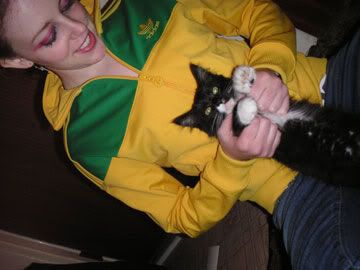Blog reviewing sites, directories, etc.
In other words, you are such a blogger. But what is the next step?
For many, that is exposure. Until someone reads your blog, you are just posting your diary online, constantly awaiting validation in the form of an anonymous comment.
Your blog can be read by anyone, provided they can find it or you have an RSS feed spewing into cyberspace.But there is so much more! Enter the world of blog-reviewing sites and directories. Because Google changed our lives (Pre-Google, did we ever say, “Yeah, I yahoo!ed him?” or “quick, AOLsearch Regal Cinemas!”), everything should be catalogued for us. Luckily, blogs are. Google did a pretty bitchin’ job with its Blog Search. From this area, one can put in anything they want. I am going to say, adidas adicolor, because hello, I like shoes. When we search, google returns about a billion blog entries that mentioned my particular query. If I want to read about this, does it get any easier? No, it can’t. But, you have to work with the blog search tool. If you just want to find a photoblog, good luck with that. For cases like this, where it's not a subject but a specific type of blog you are looking for, the best bet is a directory.
Enter Blogwise, a site that sorts blogs by types and keywords. If you want a sex blog, you can find one by following the “Sex” link on “Blogs by category” from the homepage. That too, is fairly easy. But directories and searches are risky, also. What if you aren’t interested in animal-sex blogs? Clearly, you need someone to let you know what the blog is about before you visit.
And finally, we reach the point of needing reviews. Luckily, there are such sites. I pick The Weblog Review because it not only allows you to submit your blog for review (FYI, they currently aren’t) but you can read reviews about blogs. They also list most popular blogs and their favorite blogs – so if you’re looking for a “good” one, you can. It’s not a crapshoot.
With the ability to find a blog on any given topic, it becomes clear: blogs are as fun as Wikipedia

